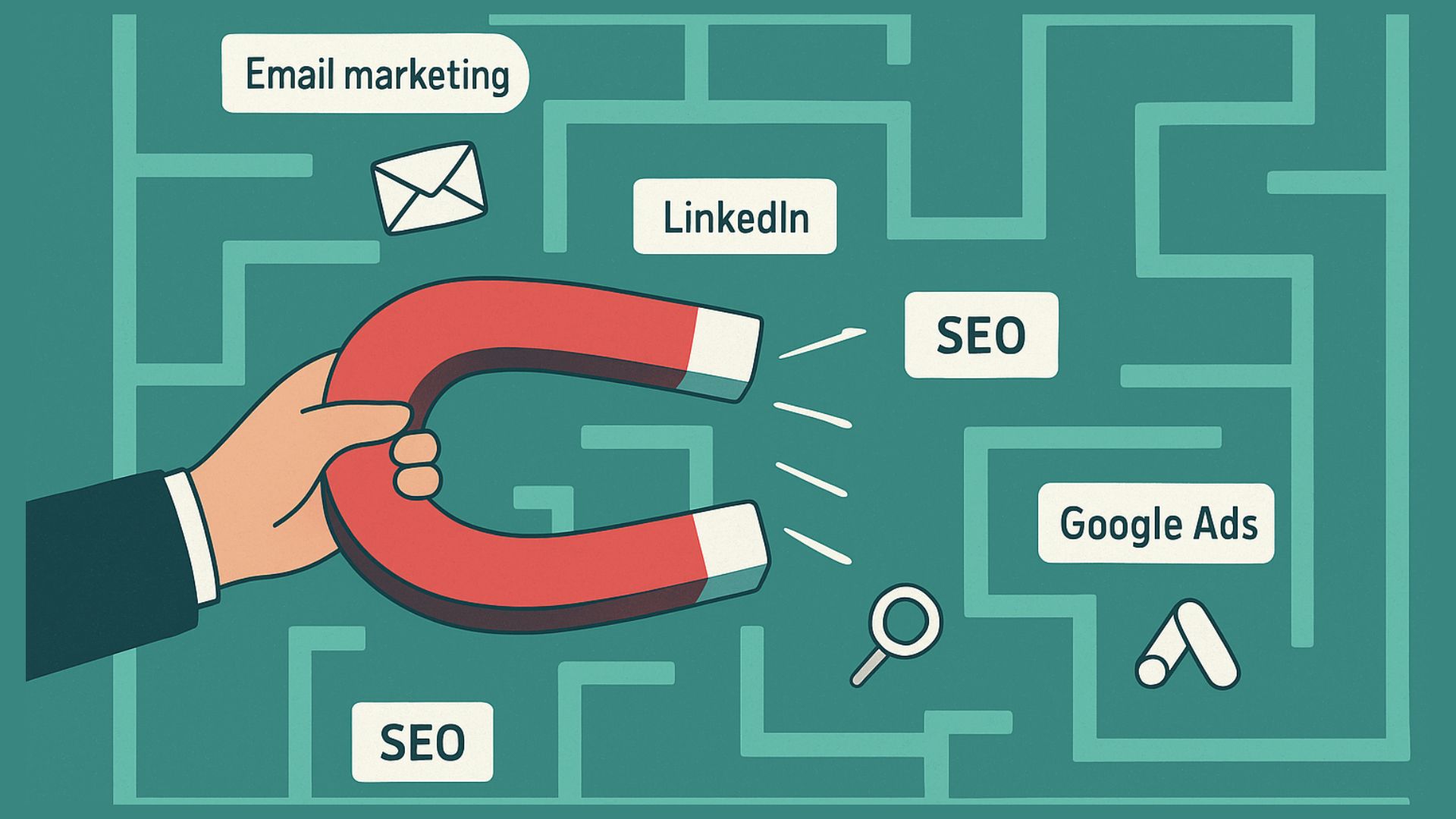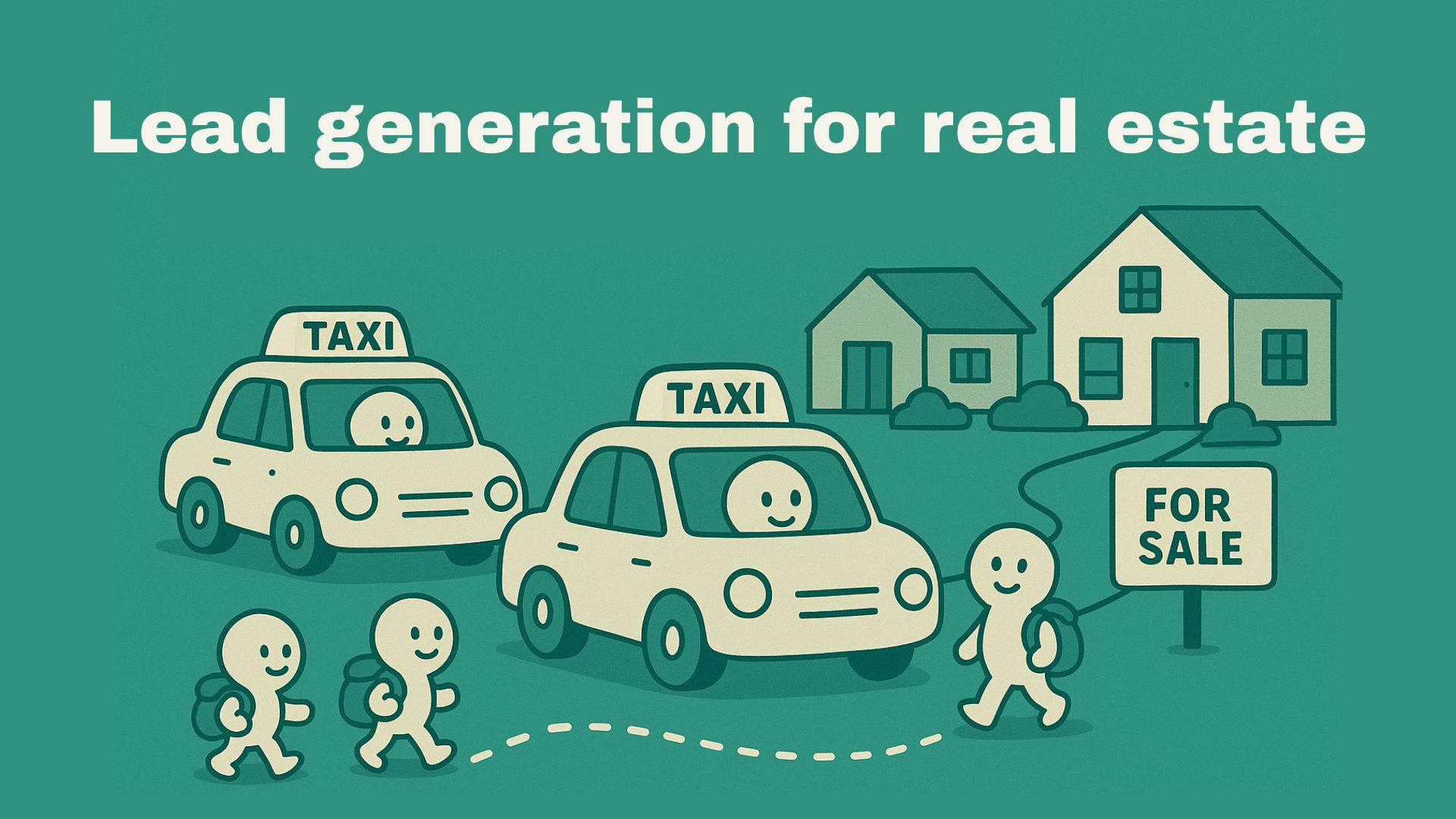

According to MarketingSherpa, “79% of marketing leads never convert into sales. Lack of lead nurturing is the common cause of this poor performance”
In this blog, you will read about sales conversion rate, how these conversions happen and strategies that will help you boost your conversion rates. There’s also a sales conversion calculator incorporated for you to try out while you read. Hurry up, scroll down!-
What is sales conversion?
Imagine, you own a store, and 50 people have walked in. Even if you converted 10 of them into actual buyers, you have successfully moved them from ‘just looking’ which is the consideration stage to ‘buying’, the action stage of the sales process.
In case of an online business, it could be converting a website visitor into a paying customer, or inquiries into confirmed sales. The goal is to guide potential customers through a journey where they feel confident and motivated to take action.
What is a sales conversion rate?
Sales conversion rate refers to the percentage of leads (or visitors) that become paying customers.
It’s a key metric that tells you how well your business is performing in terms of converting interest into sales.
How to calculate sales conversion rate?
For example, if 500 people visited your website, and 50 of them made a purchase, your conversion rate would be:
This means 10% of your visitors actually turned into paying customers.
How does a sales conversion happen?
The sales funnel stage is the customer’s journey with a product (we will understand this in detail), and pipeline stages outline a salesperson’s process of onboarding a client.
📢 Stage #1 Awareness
Customers in this stage are just discovering your product/service. They might see an ad, come across a blog post, or hear about you from a friend.
The best way to optimize this stage is by creating valuable content like SEO blogs, videos, infographics, webinars or guides. The more people you attract at the awareness stage, the more potential customers you have.
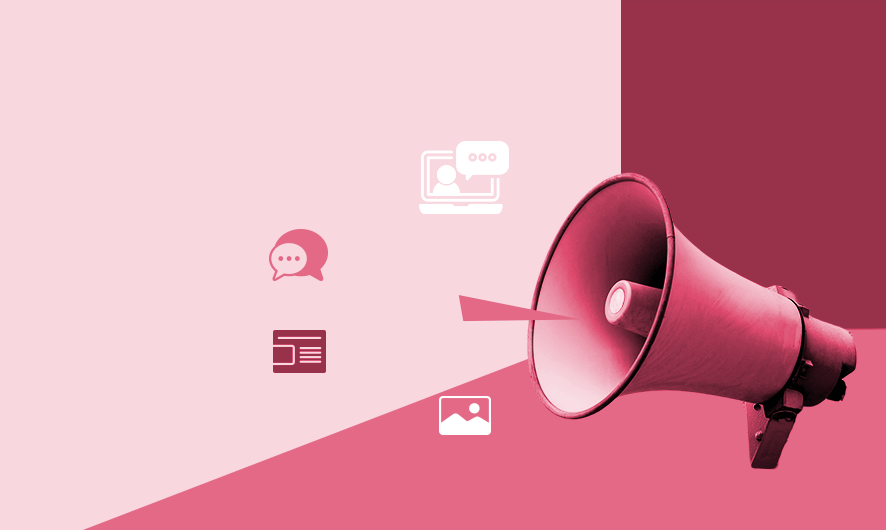
🤔 Stage #2 Consideration
During this stage, customers are interested in your product/service but still browsing for better offerings.
The best way to attract and capture your audience here is to use email marketing, outbound calls, offering free trials or discounts, showing testimonials and reviews to instill trust and establish credibility. If you don’t nurture interest, many leads will drop off before reaching the decision stage.
🎯 Stage #3 Decision-making
The customer here is convinced and ready to make the purchase. It is important that your team is well trained, and clarify all doubts by tailoring answers to their requirements.
Complete the transaction and guarantee customer service in case of inconvenience later on. A great post-purchase experience leads to repeat sales and higher overall conversion rates.
What is the importance of tracking sales conversion rate?
✅ It helps you identify bottlenecks in the sales funnel
We have seen how customers go through different phases of the funnel before purchasing. If your conversion rate is low, it means something is off in your sales strategy to attract customers. You can track which stage has the weakest links and improve them.
For example, you run an e-commerce website. There are 1000 people visiting your website, 300 adding products to their cart but only about 50 complete the purchase.
Your final conversion rate is (50/1000) x 100 = 5%
This tells you that there’s a problem between the ‘add to cart’ and ‘checkout’ stage. Maybe your shipping fees are too high or the checkout process is confusing. Once you track the conversion rate, you can fix these issues and improve sales.
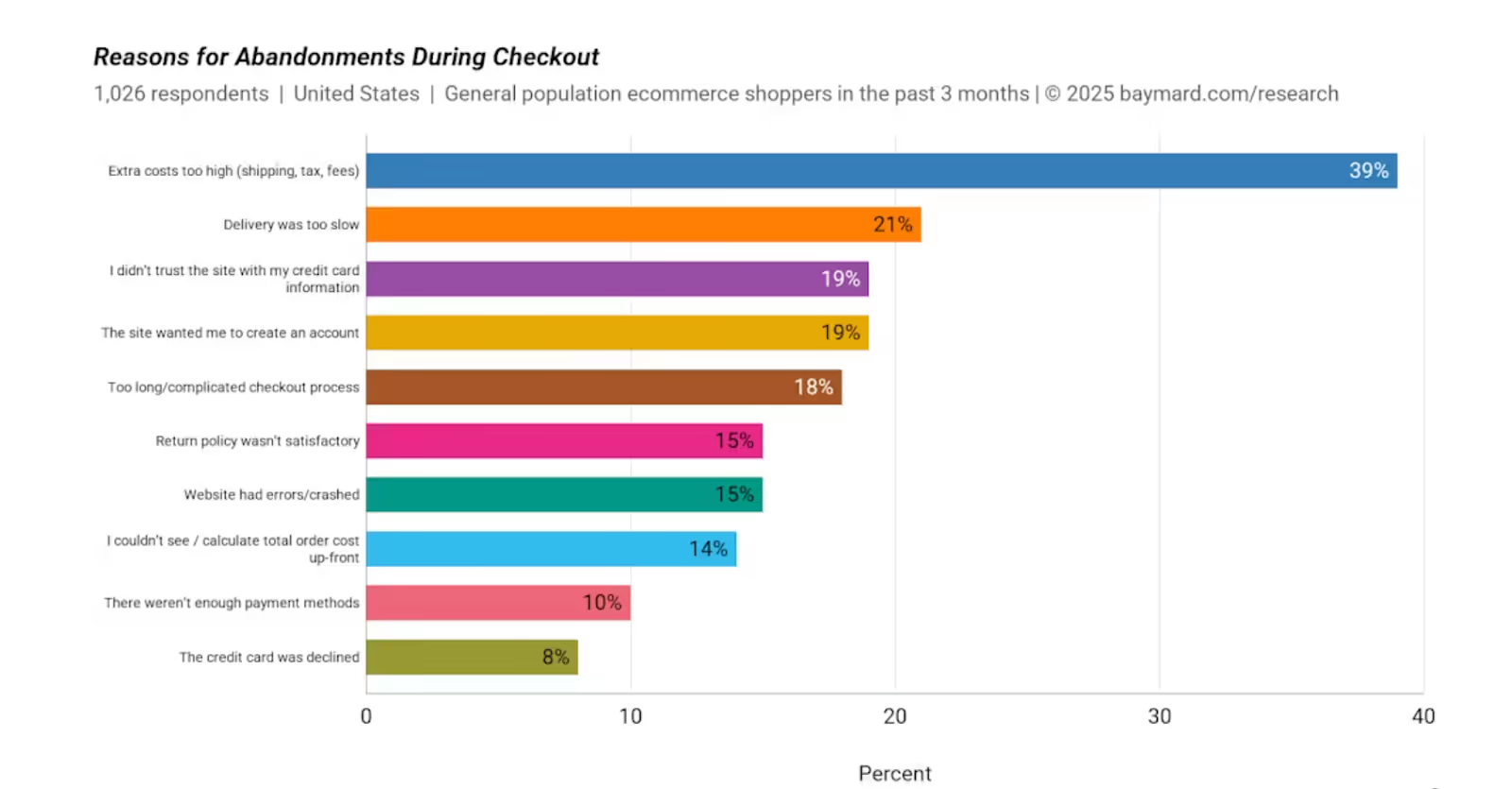
👌 It helps you improve marketing ROI
You spend money on marketing like running ads, email campaigns, content marketing and social media. But how do you know if your marketing is actually working? Tracking your conversion rate will tell you which marketing channel brings the best results.
For example, to increase the visibility of your e-commerce website, you invest in:
Google ads > 2000 visitors > 30 purchases (1.5% conversion rate)
Email marketing > 1000 visitors > 40 purchases (4% conversion rate)
Instagram ads > 2,000 visitors > 50 purchases (2.5% conversion rate)
Here, email marketing gives you the best ROI. Now you know where to invest more for better results.
📈 It helps you set realistic targets
You must be setting monthly or quarterly targets for your team to achieve. However, setting these targets randomly without any data can lead to frustration. Tracking conversion rates can help make these sales goals more realistic and achievable.
For example, your e-commerce website has a 5% conversion rate and your sales goal for the next month is 100 instead of 50. So, to reach 100, you need (100/0.05) = 2000 visitors.
Now that your number is not random, use better marketing strategies, ideally ones that suit your business the most to bring in more traffic and improve conversions. Consider solving potential bottlenecks if any to make the process more efficient.
🤗 It helps you personalize & optimize sales strategies
Different customers have different likes and dislikes. Tracking your conversion rates will help you understand what techniques work the best, how to personalize messages and follow-up better, and to tailor your approach accordingly.
According to McKinsey, 71% of consumers expect personalization, and companies who deliver, see a 40% revenue from that area compared to their opponents. Test sending abandoned cart emails and include their name and mention a discount to grab their attention.
Let’s look at an example.
- “You left something behind - complete your purchase now!”
- “Hey Sarah, your favorite bracelet is still in your cart! Get 10% off if you order in the next 24 hours.”
After testing, you see that email #2 leads to 3x more conversions because it feels more personal.
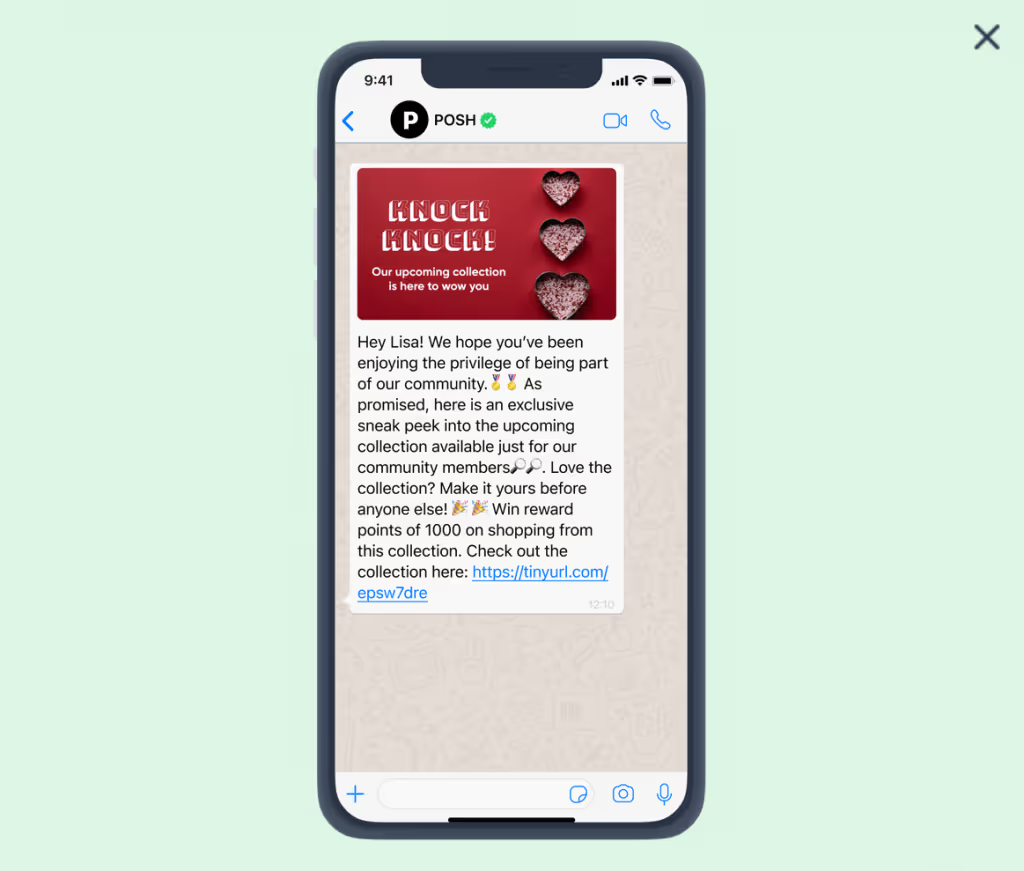
What are the strategies to maximize conversion?
🔹 Top of the Funnel TOFU Fixes (Attract & engage visitors)
✒️ Optimize your website
Just imagine this - you click on a website, and everything is cluttered with irrelevant images and a screaming font. Naturally, you will exit.
If you don’t want this to happen with your website, make sure it is easy to navigate, keeps the visitors engaged, proposes clear value, and guides them smoothly to the next step.
🏷️ Use high-quality product images & descriptions
Let’s say you run an online jewellery brand - it may not be possible for customers to try them on. Therefore, your product pages need to be as visually descriptive and pleasing as possible to capture interest right away.
📑 Write a clear CTA
Make sure your call to action is clear and crisp for your customer to act on it immediately. Use bold colors and curiosity-driven phrasing to increase click-through rates.
“Get Your Free e-book Now!” or “Download Now”, are examples.
🔹 Middle of the Funnel MOFU Fixes (Nurture leads & build trust)
📲 Provide social proof
Before making a purchase, consumers check online reviews, testimonials, and ratings to gauge credibility. These elements serve as powerful trust signals, reassuring potential buyers about your brand’s quality and reliability.
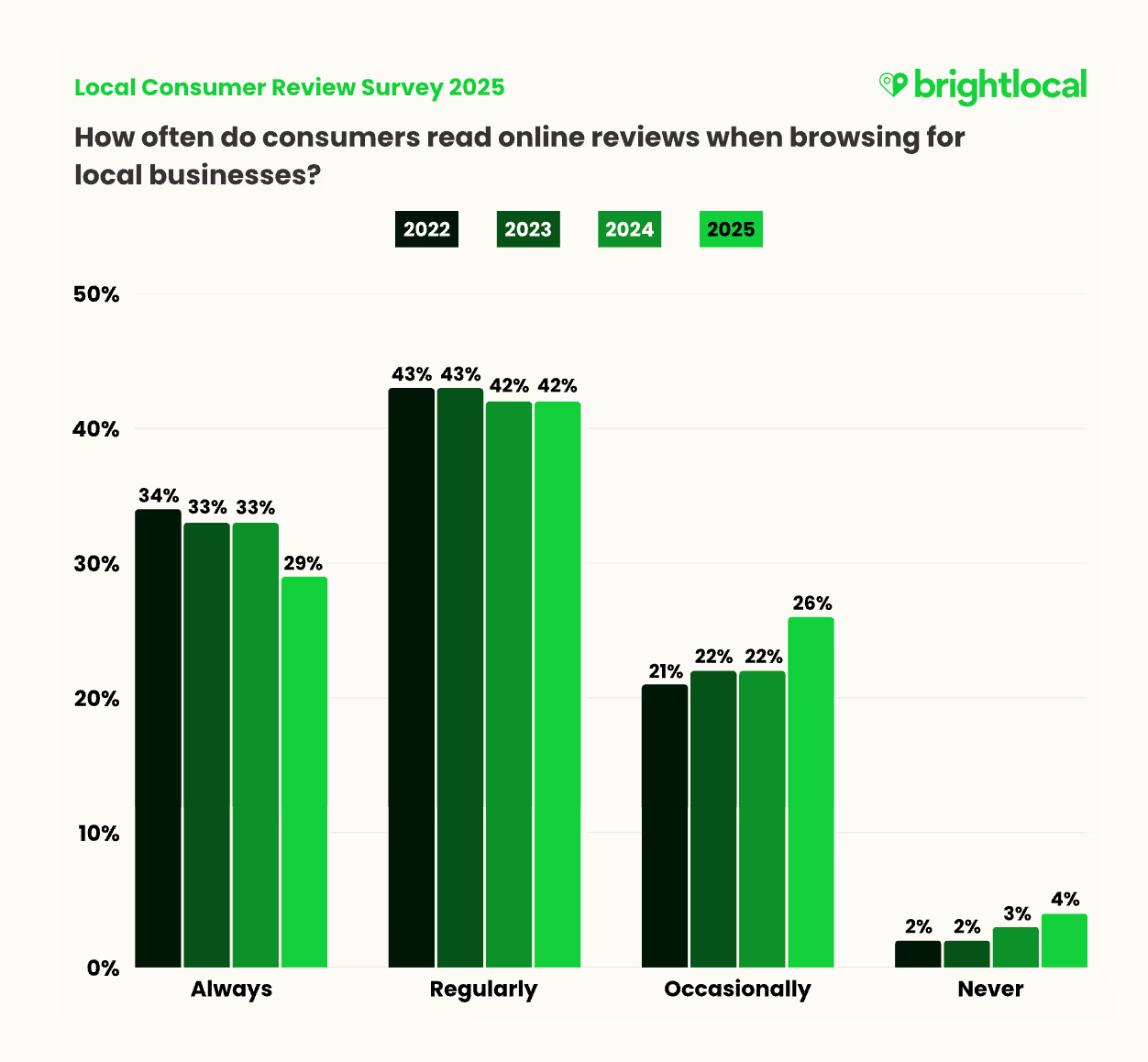
📌 Content marketing
Create valuable content like SEO blog posts, videos, e-books, infographics, and email newsletters to engage your audience. These measures are great for educating your leads and nurturing them toward a purchase decision.
🔹 Bottom of the Funnel BOFU Fixes (Convert leads into customers)
🤖 Include live chat & support
According to Baymard Institute, about 70% of shoppers abandon their carts for multiple reasons. One of the measures you can take to prevent this is adding a live chat feature to your website that helps solve queries instantly, providing real-time assistance that can help close the deal.
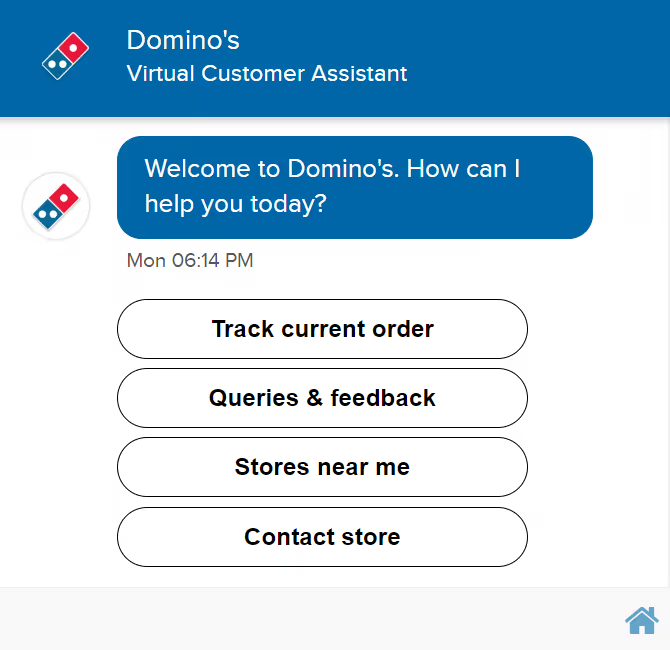
🏷️ Offer limited-time discounts
People are more driven by the fear of missing out (FOMO) than the excitement of gaining something new.
Leverage this by offering flash deals or limited-time discounts to create urgency.
For example, highlight low-stock alerts like ‘Only 3 left in stock - order now!’
What is the role of technology in sales conversion?
⚙️ CRM tools and automation
A Customer Relationship Management tool can help your business organize, track and manage all customer interactions across all stages.
Automation within CRM ensures that no potential buyer is ignored, attentively nurturing leads and improving sales conversions.
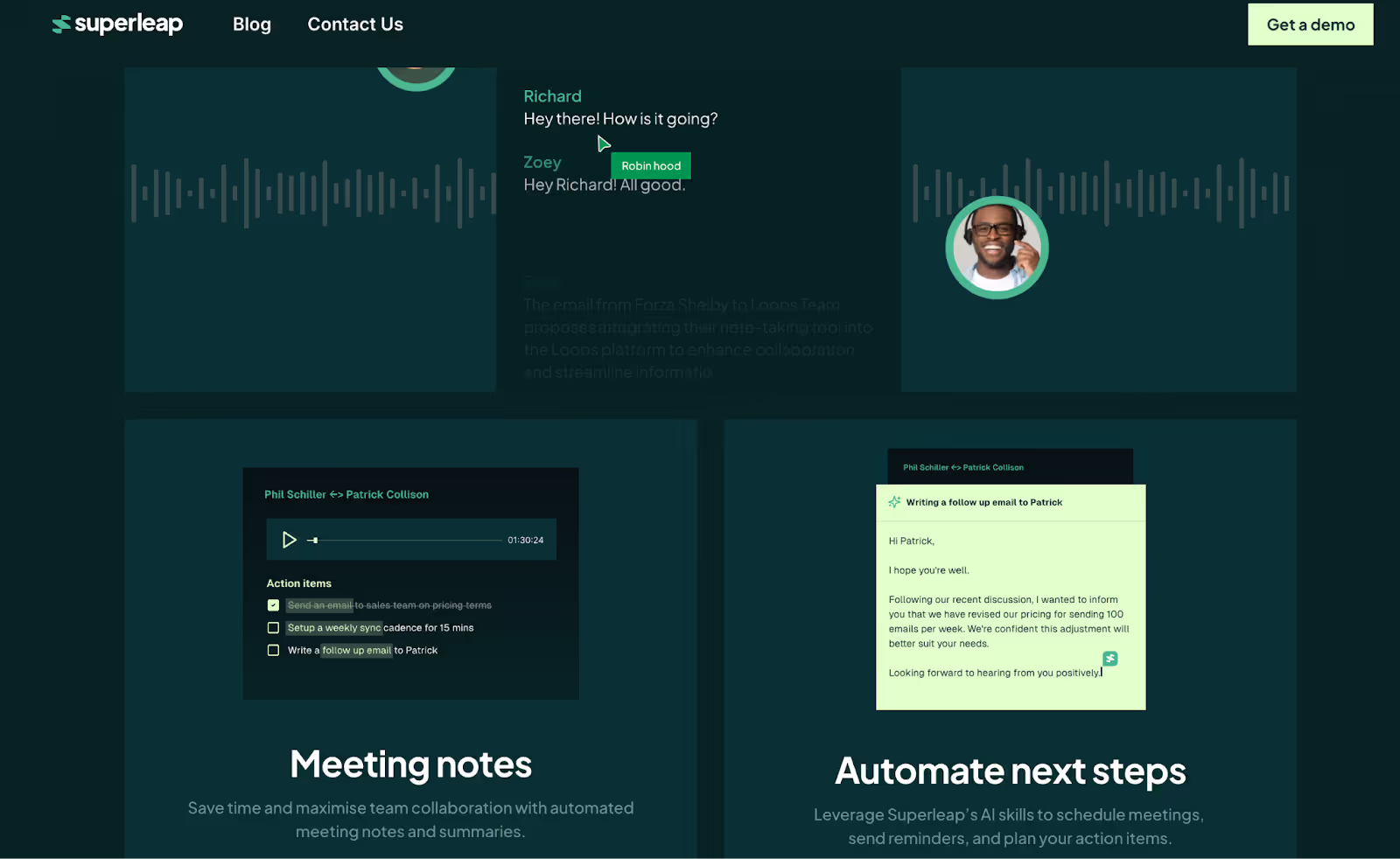
For example, imagine a customer visits your jewellery website, browses a few pendants and signs up for a newsletter but doesn’t complete their purchase.
A CRM like Superleap can help store customer details, track their website browsing history and send personalized reminder emails like, “Hey Sarah, we noticed you loved our pendants! Here’s an exclusive 10% off just for you - valid for 24 hours.”
🤖 AI chatbots and personalization
AI powered chatbots act as virtual sales assistants, and are available 24/7 to answer customer queries in real-time instead of waiting for a sales representative to pick the case.
📊 Data analytics for conversion optimization
With the help of data analytics, you can analyze different customer behavior, sales trends and website performance to improve your conversion strategies.
It is great to understand which products are performing well, at which stage of the sales funnel are customers dropping off the most, and which marketing tactic brings in more leads.
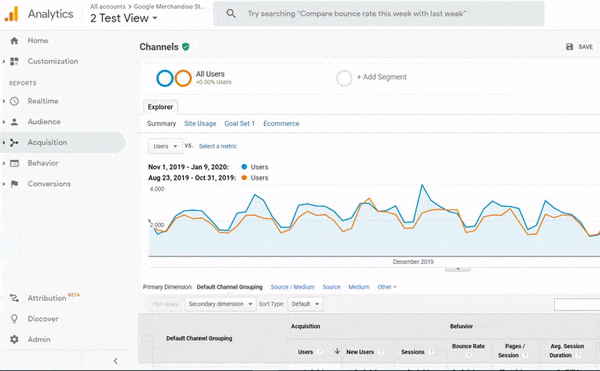
How to measure conversion success?
📉 Track key performance indicators
Monitoring key performance indicators will tell you how successful your conversion rate and strategies are. These include:
Lead-to-Sale Ratio: How many leads actually convert into customers?
Average Deal Size: Are you closing high-value deals or low-value ones?
Sales Cycle Length: How long does it take to convert a lead?
Customer Acquisition Cost (CAC): How much are you spending to get a new customer?
Customer Lifetime Value (CLV): How much revenue does a customer bring over time?
For example, a B2B software company notices that its CAC is $200, but its CLV is $2,000. This indicates that while acquisition costs are high, the long-term revenue justifies the expense.
🆚 Compare against industry benchmarks
You should check with the average conversion rate of your industry and set a benchmark for yourself.
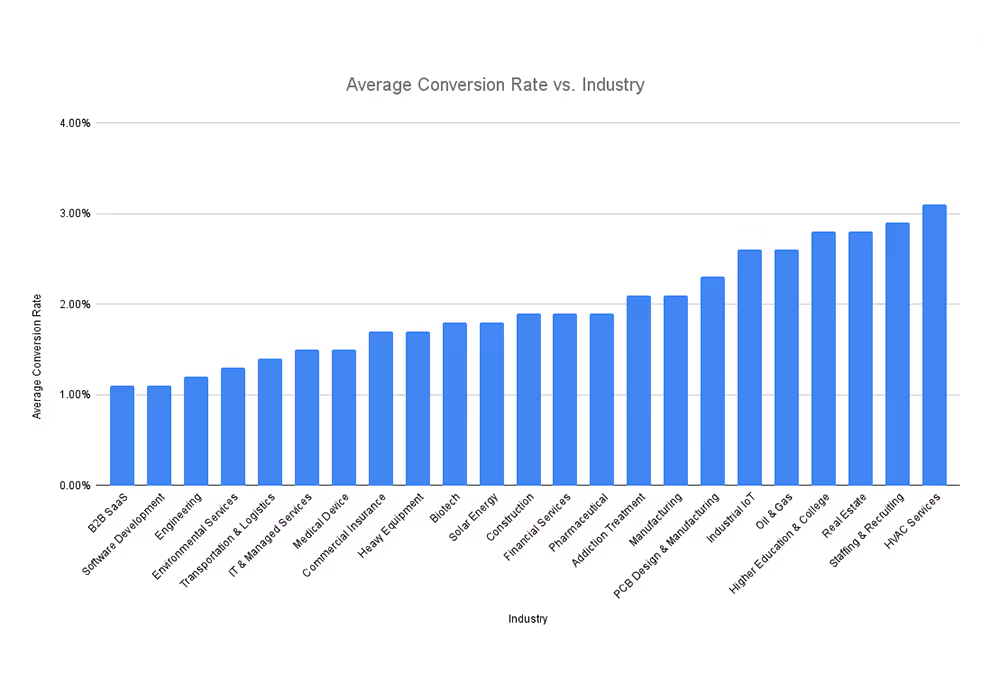
For example, if yours is a B2B SaaS industry, then your conversion rate should be between 1-2%. But if it’s 0.5%, that’s a red flag - you might need to optimize your strategies.
⏳ Track conversion rate over time
If your conversion rate is good, congratulations. But it doesn't end there. A successful sales conversion rate is the one that is consistent.
For example,
Month 1: 2% conversion rate (100 sales from 5,000 visitors)
Month 2: 2.5% conversion rate (125 sales from 5,000 visitors)
Month 3: 3% conversion rate (150 sales from 5,000 visitors)
An increasing conversion percentage is a sign that your marketing and sales efforts are working. Keep going!
Heading text
Nunc sed faucibus bibendum feugiat sed interdum. Ipsum egestas condimentum mi massa. In tincidunt pharetra consectetur sed duis facilisis metus. Etiam egestas in nec sed et. Quis lobortis at sit dictum eget nibh tortor commodo cursus.
Odio felis sagittis, morbi feugiat tortor vitae feugiat fusce aliquet. Nam elementum urna nisi aliquet erat dolor enim. Ornare id morbi eget ipsum. Aliquam senectus neque ut id eget consectetur dictum. Donec posuere pharetra odio consequat scelerisque et, nunc tortor.
Nulla adipiscing erat a erat. Condimentum lorem posuere gravida enim posuere cursus diam.
.svg)

.avif)

